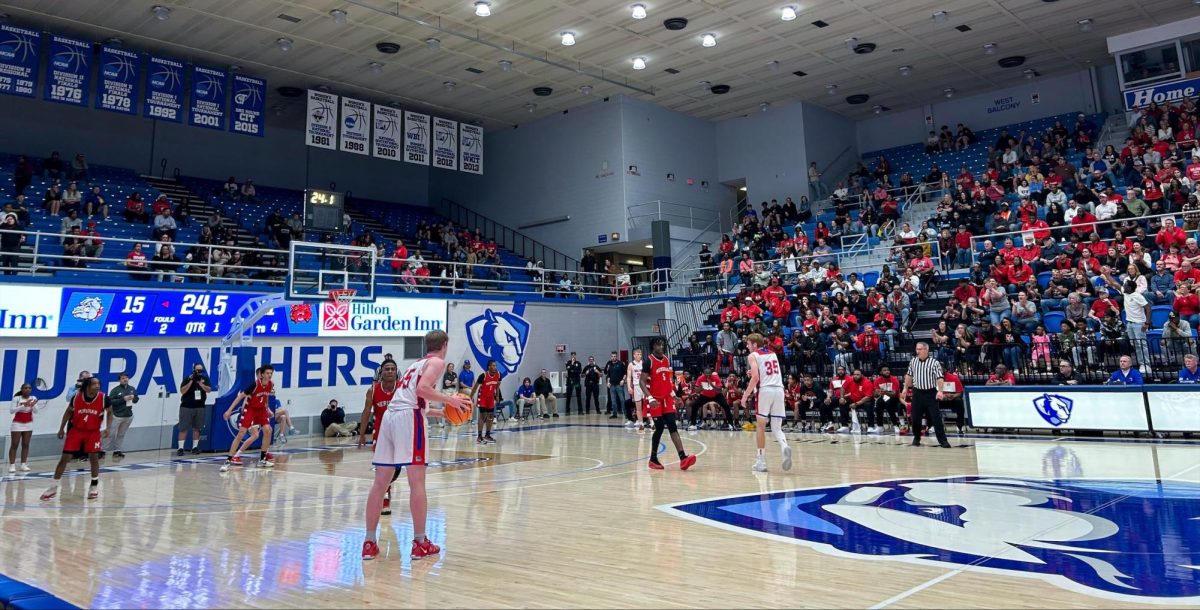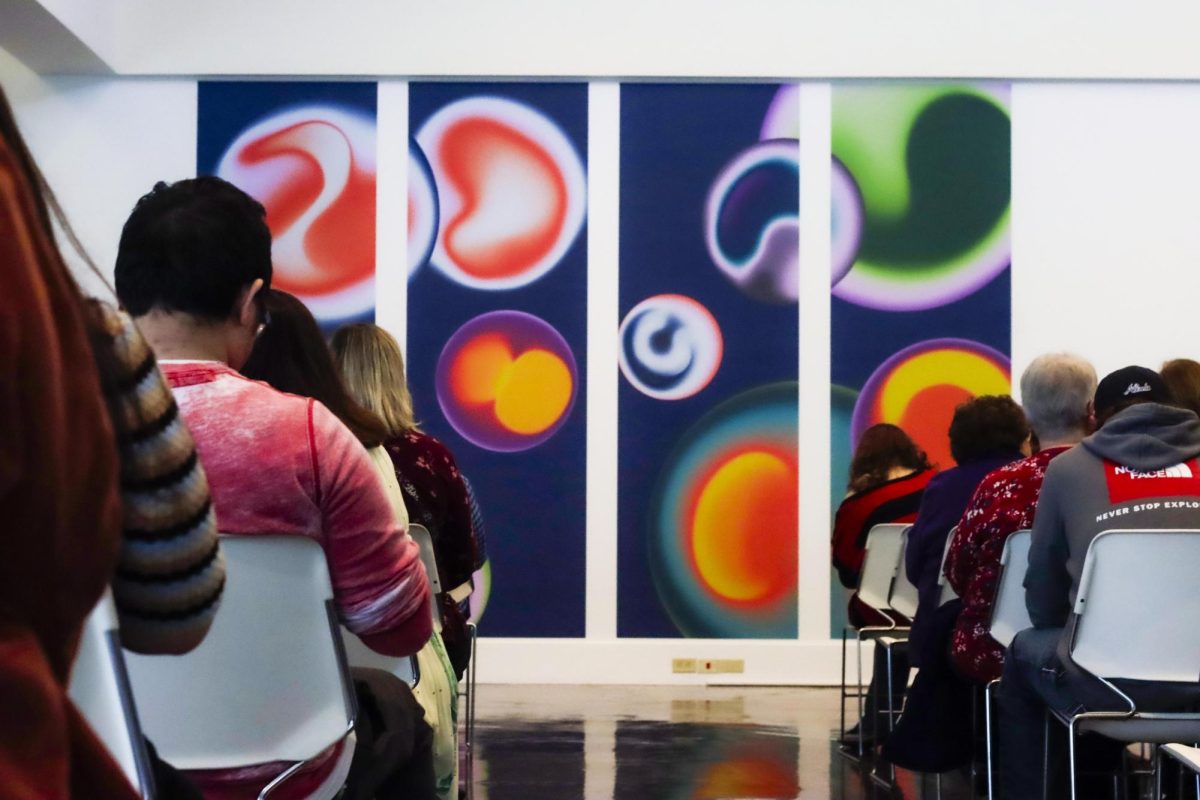Changes to be made to Zoning Map
Levying property taxes tops the variety of items the City Council is expected to discuss during its regular meeting today at City Hall.
The council will also approve or deny the changes to the Zoning Map, comprehensive plan and the Unified Development Code, which were put on file for further review during the council’s Nov. 17 meeting.
Mayor John Inyart said the property tax levy, which taxes property values that existed in 2009, is a limited increase. He said the levy is based off money spent toward construction projects in 2008.
Inyart said much of the increase would go toward increasing pension costs, which are required by law to be funded. Pensions increased, largely, because of the economy, he said.
“We are not expecting any windfall this year,” Inyart said.
Because the property tax will not yield a large increase, Inyart said the public works department would continue to operate in a maintenance mode in 2010.
Doing maintenance work allows the city to conduct minor repairs to the Charleston infrastructure. As a consequence, major construction projects will be postponed.
The city is also experiencing a $300,000 shortfall, which has caused officials to look for possible cuts, which includes public works.
Inyart said the council is expected to place the levy on file for public inspection, which allows the council more time to review the matter.
Changes to the zoning map, comprehensive plan and development code are three years in the making. Inyart formed a committee to examine all three items and suggest changes.
The map has not been revised since its adoption in 1969. The code was adopted in 2003, and the plan was adopted in 1999.
Changes to the map are the most extensive because Charleston’s zoning makeup has changed dramatically from 40 years ago.
Inyart said in a Nov. 17 Daily Eastern News article that the committee examined every piece of property in Charleston, examined how the zoning changed and tried to predict how the area could change in the future based off current trends.
The code contains all the city’s zoning ordinances, and the plan contains long-range goals and objectives for the city. Changes to the plan were needed because some objectives are either outdated or have been completed.
The council will also discuss the appropriation of additional federal stimulus money for the second phase of the city’s resurfacing project, which is slated to begin in the coming spring and summer.
Inyart said the second phase includes the resurfacing of Jackson Avenue, from Eighth Street to 14th Street, and Harrison Avenue, from 11th Street to 18th Street.
The city received $284,000 in stimulus funds for the second phase. The city will use a total of $75,000 from the Motor Fuel Tax Fund to pay for its portion of the entire resurfacing project.
The first phase of the project was conducted in October. Resurfaced intersections along Lincoln Avenue included University Drive, Fourth Street and Ninth Street. The intersection of Polk Avenue and 14th Street was also resurfaced.
Stephen Di Benedetto can be reached at 581-7942 or sdibenedetto@eiu.edu.





![[Thumbnail] Eastern's Old Main was quiet Thursday morning while educators who had left the office to strike picketed outside.](https://www.dailyeasternnews.com/wp-content/uploads/2025/04/Strike_01_LT_O-800x1200.jpg)










![[Thumbnail Edition] Senior Foward Macy McGlone, getsw the ball and gets the point during the first half of the game aginst Western Illinois University,, Eastern Illinois University Lost to Western Illinois University Thursday March 6 20205, 78-75 EIU lost making it the end of their season](https://www.dailyeasternnews.com/wp-content/uploads/2025/03/WBB_OVC_03_O-1-e1743361637111-1200x614.jpg)























































![[Thumbnail] Eastern's Old Main was quiet Thursday morning while educators who had left the office to strike picketed outside.](https://www.dailyeasternnews.com/wp-content/uploads/2025/04/Strike_01_LT_O-e1745278869963-600x582.jpg)